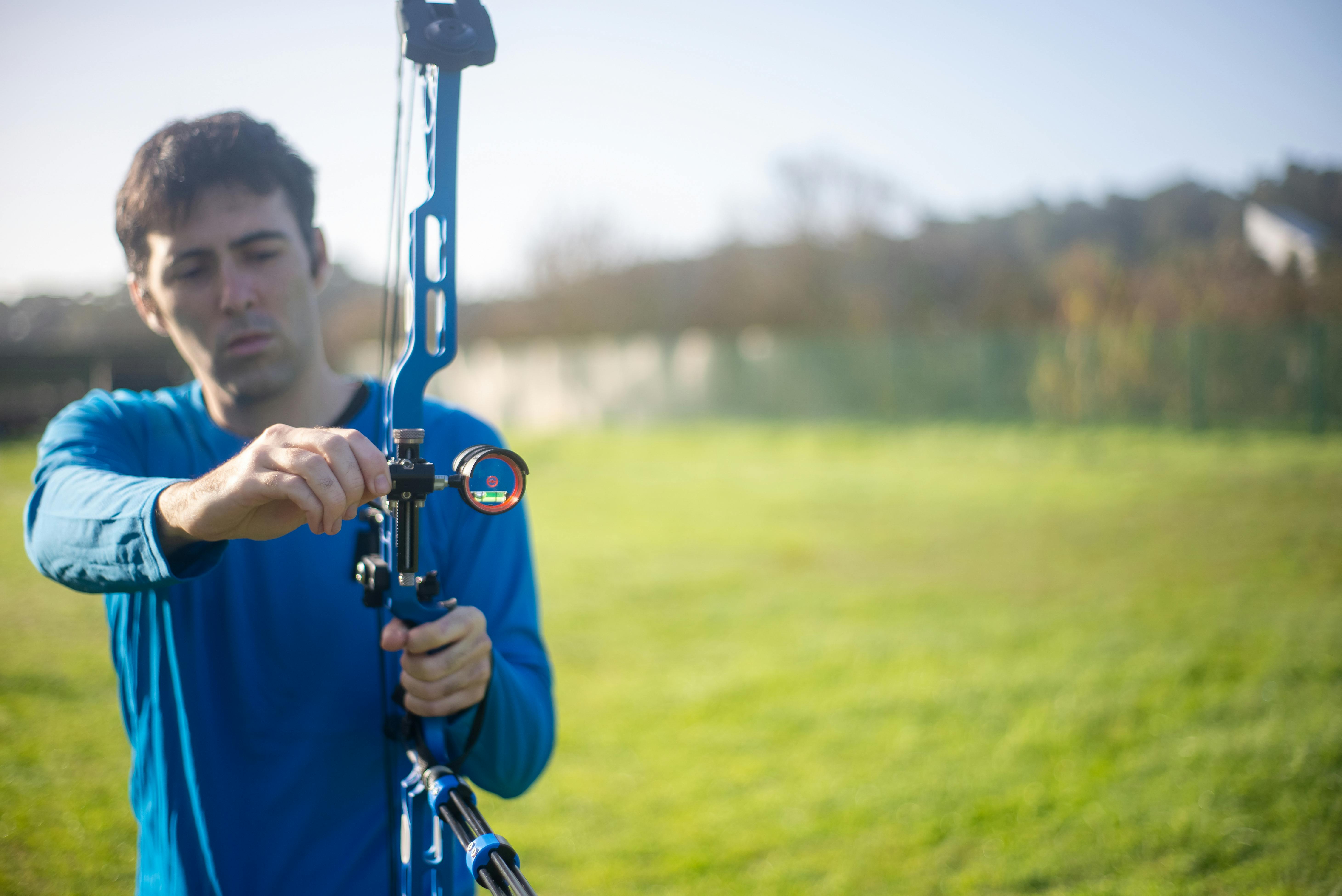I went up on the roof to inspect the damage from an aerial view. From what I could see, roofs were missing, rubble was piled up against the houses, and walls and windows were damaged. Trees and power lines were down. There were no sounds of televisions or radios or traffic on the streets. It was too soon for anyone to return. And, remarkably, there was no sound of hammering, sawing, or other repair work. It was eerily quiet because the stormtroopers hadn’t arrived. The money was not flowing, so the work had not yet begun. He was in the war zone, where the eye of the hurricane had passed over South Florida. It was the aftermath of Hurricane Andrew.
Most homeowners have homeowners insurance. I have put some that did not. One was a man in Coral Gables, Florida, who paid cash for a house two days before Hurricane Andrew struck. He hadn’t had time to buy insurance coverage before Andrew hit the house like a giant tornado. Pieces of his tile were embedded in the walls of adjoining houses. His house was not a total loss, but all the repairs were out of pocket. I had been hired by a national insurer to write an estimate on his neighbor’s house, the residence of an insurance agent who had coverage with his own company. They wanted an independent damage assessment.
As a licensed general contractor and professional appraiser, I prepared an estimate for the home. I still do that today, only my estimates are prepared in my role as a Licensed Public Adjuster. No one should be the contractor and the adjuster on the same property. That ended in most states with the licensing of adjusters, whether they were corporate, independent, and public adjusters.
At this Coral Gables home, the insurance agent informed me that he, his wife, and their children hid in the master bedroom closet, the sturdiest interior room, to weather the hurricane. Almost everyone I’ve talked to over the years who’s done that has said they’d never do it again. The noise was deafening. His children were terrified. The power went out. They huddled in the dark, listening to their neighborhood being destroyed.
I inspected her home several weeks after the storm and found fragments of Spanish tile embedded in the wall of the master bathroom. She had gone through the window like a bullet and stuck in the sheetrock. Of course, the owners could hear all the damage going on, but they couldn’t get out of their “safe” room.
The protocol I use is to start at the top and work your way down, as opposed to when I was building houses, starting at the foundation and working up to the roof. I track down the cause of the damage, which is often a leaky roof. If there is a kitchen fire, I start in the kitchen and go to the least damaged rooms.
The tiles creaked under my feet as I climbed to the ridge of the roof. Broken and missing tiles were evident throughout, as well as entire bare patches where they had been ripped from the roof, leaving the base bare. Some slopes were also missing subflooring, exposing plywood decking. But even the remaining tiles weren’t right: they moved when stepped on or touched. Her bras had come loose. The entire roof was beyond repair due to many missing shingles and the additional breakage that would occur during the repair process. I declared the roof a total loss.
I measured the ceiling with a long flexible tape with a tennis ball tied to the end. More than one friend had fallen off a roof and hit bushes while trying to measure a roof. They hooked their tape to the ridge and backed up the slope, pulling on their tape measure, inadvertently stepping off the edge of the roof. So I straddled the ridge in the middle of the roof and let the tennis ball pull the end of the tape all the way to the bottom edge. The ridge is also the easiest place from which to sketch the roof, since the entire roof is usually visible. It’s a bit tricky: straddling a roof with a clipboard, camera, tape measure, drawing an outline of the slopes, ridges and eaves without falling over in the process. So much for the roof.
I measured each earring. The dimensions of the rim that were unreachable on foot could be determined from the ground, so I took pictures and went down the ladder. I used a folding ladder that fits in my trunk, another hauling accessory besides my luggage.
I now know three ways to measure a roof. Only one of them requires going up to the roof.
Then I measured the perimeter and the height of the outer wall. It was stucco, and had holes punctured by the neighbors’ things that had been blown through the air. Hurricane winds change direction as the storm gradually passes, depending on how close your property is to the eyewall. This house had damage to all four exterior walls.
I observed overhangs, imposts, gutters and downspouts. I took photos while walking and recorded the dimensions.
I also looked at the pool and the now non-existent pool cage. An entire palm tree, including the roots, lay at the bottom of the pool. The water was a reddish-brown color from the bark dissolving in the water, and it was already staining the pool plaster near the tree a dark brown.
My biggest surprise came when entering the house through the double doors. The entrance was ceramic. There were two deep holes drilled in the tile. Later, the owner of the house told me that he had propped a large Castro convertible sofa against the two doors to help keep them closed. It didn’t work. When the doors were blown away, the legs of the sofa ripped holes in the tiled entryway. The sofa was gone.
The sunken living room was in front of the entrance. Behind it was a row of sliding glass doors that opened onto a large covered patio. Beyond the covered area was the pool, then the backyard and what was left of a fence. There was no Castro convertible sofa to be seen.
It had flown through the sunken living room, through one of the sliding doors, across the patio, and over the top of the pool, deposited in a neighbor’s yard several blocks away. And to think that the family was in a closet at the end of the house during that event!
I took measurements room by room. I started at the other end of the house, taking photos and measurements, tagging my notes to enter into my computer estimating program later at the hotel. I worked my way back to the entry, finishing with the living room.
I noticed a strange band of white things on the living room wall. It was about an inch thick and about six inches wide, running around the perimeter of the room on the walls at eye level. I took pictures of it and then studied the room to see what had happened. There was no texture on the ceiling. It had been ripped from the ceiling and deposited in a band on the walls by the swirling wind after the doors had opened. Amazing! It was hard to believe that the house was still standing.
My estimate was given to the temporary regional insurance office – an entire hotel turned into an emergency claims center. Six hundred adjusters from the same company were staying at that hotel.
I had to revise my numbers later to reflect local price adjustments. The agent who took bids on the repairs found they were well above my numbers. The price of my computer had to be adjusted to reflect current local conditions. I guess that’s why it’s called “adjustment”.
I was dealing only with the value of the loss. The adjuster from the homeowner’s own company where he was an agent had hired me to do the loss estimate.
She wasn’t dealing with her fine print, her extra coverages, her depreciation, her deductible, her contents, or her extra living expenses. That I would learn later. For now, she was doing the easy part.
After a few years working as a personal property appraiser for a major national insurance company, I learned that most insurance company appraisers have no construction experience. Companies send their adjusters to school for weeks to teach them construction terminology and estimating techniques.
I was the exception. I was trained and retrained. I learned from the best. I went from being an appraiser to being an adjuster.
Later, I left my position as a personnel adjuster and traveled as an independent adjuster. I had become, at least for a while, a “stormtrooper.” It was part of my journey to become a public adjuster.



